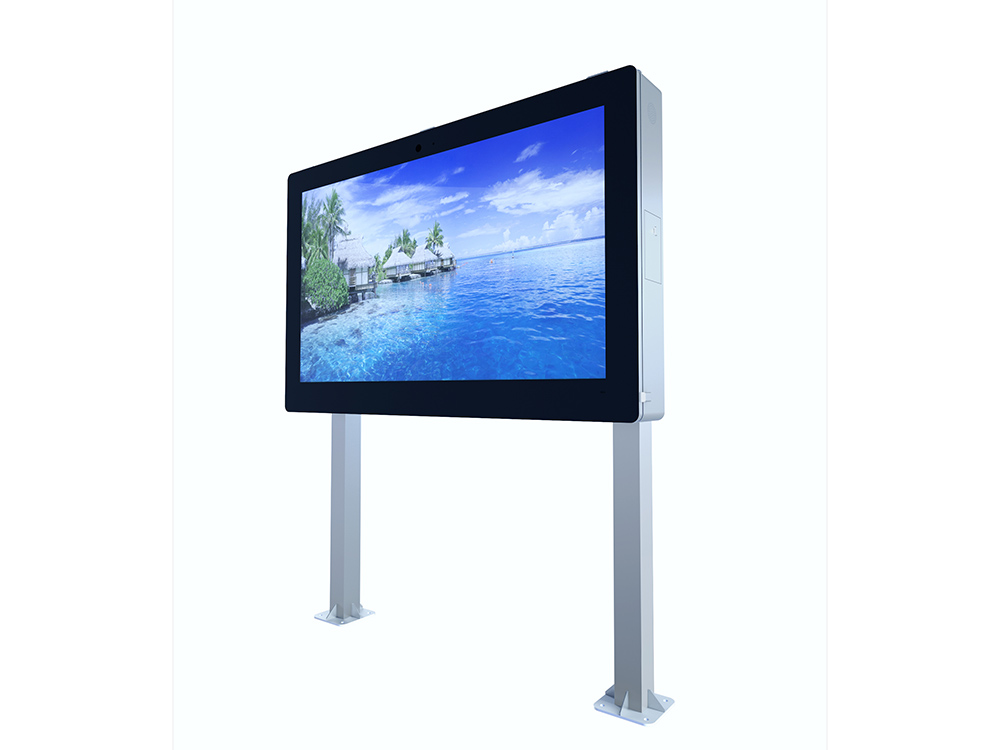
Understanding Digital Signage Brightness and Contrast.In the realm of modern retail and advertising, digital signage has emerged as a powerful tool for engaging audiences and delivering dynamic content. Central to the effectiveness of these displays are two key factors: brightness and contrast. This article delves into the intricacies of digital signage brightness and contrast, exploring their significance, measurement, and impact on viewer perception.

The Importance of Brightness and Contrast
Digital signage, whether in shopping malls, airports, or other public spaces, faces a multitude of environmental challenges. From the glare of sunlight to the dim lighting of indoor environments, these displays must be visible and legible under varying conditions. Brightness, measured in candelas per square meter (cd/m²), is crucial for ensuring visibility. A higher brightness level allows the display to be seen more clearly, especially in brightly lit areas.
Contrast, on the other hand, refers to the difference in luminance between the brightest and darkest parts of an image. It is measured as a ratio and is essential for creating a sharp, well-defined image. High contrast enhances the visual appeal of the display, making it easier for viewers to distinguish details and colors.
Measuring Brightness and Contrast
Brightness Measurement
Brightness is typically measured using a photometric instrument such as a luminance meter. This device measures the amount of light emitted by the display across its entire surface. When selecting a digital signage display, it's important to consider the brightness level required for the specific installation environment. For example, a display in a sunny outdoor location will need a much higher brightness level than one installed indoors.
Contrast Measurement
Contrast is measured as the ratio of the luminance of the brightest white to the darkest black that a display can produce. This ratio is expressed as a number, with higher numbers indicating better contrast. Contrast measurements are crucial for assessing the display's ability to reproduce a wide range of shades and colors accurately.
The Impact of Brightness and Contrast on Viewer Perception
Brightness and Visibility
In environments with high ambient light levels, such as outdoor settings or brightly lit indoor spaces, the brightness of the display becomes paramount. A display with insufficient brightness will appear washed out and difficult to read, reducing its effectiveness in communicating the intended message. On the other hand, a display with a high brightness level will stand out and be easily visible, even in direct sunlight.
Contrast and Image Quality
Contrast significantly impacts the perceived image quality of the display. A display with high contrast can produce deep, rich blacks and bright, vibrant colors, creating a sharp and engaging image. This is particularly important for digital signage used for advertising and promotional content, where visual impact is crucial for capturing the viewer's attention.
Factors Affecting Brightness and Contrast
Display Technology
Different display technologies, such as LCD, LED, and OLED, offer varying levels of brightness and contrast. For example, OLED displays are known for their exceptional contrast ratio, as each pixel can be turned off completely to produce true black. LCD displays, on the other hand, may struggle with achieving deep blacks due to the backlighting system.
Ambient Light Conditions
Ambient light conditions play a significant role in determining the appropriate brightness level for a digital signage display. In brightly lit environments, a higher brightness level is necessary to ensure visibility. Conversely, in dimly lit areas, a lower brightness level may suffice.
Viewing Angle
The viewing angle of the display also affects the perceived brightness and contrast. Wide-angle displays can maintain consistent brightness and contrast levels across a broader range of viewing positions, making them more suitable for areas with a high degree of foot traffic or multiple viewing points.
Practical Considerations for Digital Signage Brightness and Contrast
Choosing the Right Display
When selecting a digital signage display, it's important to consider the specific installation environment and the desired visual impact. Factors such as the ambient light level, viewing distance, and content type should be taken into account. For example, a display in a dimly lit museum might prioritize high contrast for detailed imagery, while a display in a sunny outdoor location will need a high brightness level for visibility.
Calibrating the Display
Proper calibration of the display can optimize its brightness and contrast settings for the specific installation environment. This involves adjusting the display's internal settings to ensure accurate color reproduction and optimal image quality. Calibration should be performed regularly, especially in environments with fluctuating light conditions.
Content Design
The design of the content displayed on digital signage also plays a role in maximizing its visibility and impact. Bright, high-contrast colors and simple, easy-to-read fonts can help ensure that the message is clearly conveyed, even in challenging lighting conditions.
Future Trends in Digital Signage Brightness and Contrast
Advancements in Display Technology
The continued evolution of display technology is driving improvements in brightness and contrast. Newer technologies, such as Mini LED and Micro LED, offer the potential for even higher brightness levels and deeper blacks, enhancing the overall viewing experience.
Smart Calibration Systems
As digital signage becomes more sophisticated, so too do the systems used to calibrate and optimize display settings. Smart calibration systems that can automatically adjust the display's brightness and contrast based on ambient light conditions and content type are becoming increasingly common.
Environmental Awareness
In the pursuit of sustainability, digital signage displays are becoming more environmentally aware. This includes features such as automatic brightness adjustment based on the time of day and the presence of viewers, reducing energy consumption without compromising visibility.
Conclusion
In the realm of digital signage, brightness and contrast are critical factors that significantly impact the effectiveness of the display. By understanding their significance, measurement, and impact on viewer perception, we can choose and optimize digital signage displays to ensure maximum visibility and impact in various environments. As technology continues to advance, we can expect even greater improvements in the brightness and contrast capabilities of these displays, enhancing their role in modern retail and advertising.
Current article link: https://www.lcdkiosk.com/news/375.html

Tel
